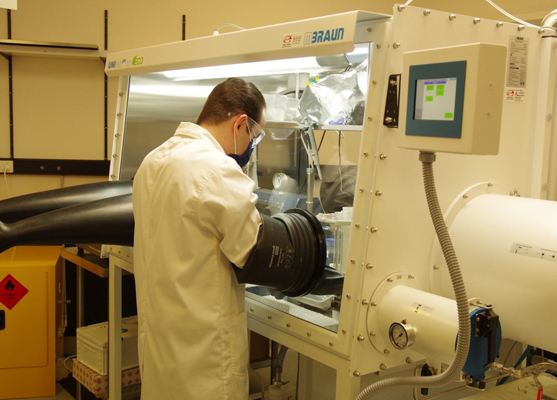How can we bridge the gap between university research and private business in Australia?
Commercialising university research is an enduring issue for Australian manufacturers. So what can be done to bridge the gap between the lab and factory floor?
After establishing the Commonwealth in 1901, the Australian government faced responsibility for the country’s defence for the first time. To be free of complete dependence of British munitions and armament supplies, the decision was made to build a factory to manufacture small arms in the New South Wales town of Lithgow.
The need to improve collaboration between the manufacturing and university sectors is an enduring issue and a fantastically complicated, multi-part problem.
Even though politicians occasionally attempt to improve the connection, the results, at least according to various international comparisons, show Australia continues to do poorly. The problem? The nation is very good at public research, but poor at turning this into private impact.
Figures in a recent review by the University Research Commercialisation Expert Panel show why the problem persists. Australia has 0.34 per cent of the world’s population but 2.7 per cent of its scientific output. Of the nation’s research, 85 per cent is world standard or better.
However, it ranks last in the OECD on “business collaboration on innovation with higher education or government institutions”.

